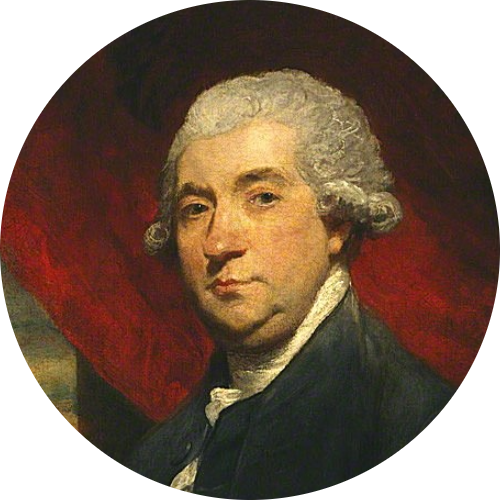Margaret Douglas - Duchess of Douglas
Died 1774
Daughter of James Douglas of Mains, Dunbartonshire, and Isabel Corbet. In 1758 she married her distant kinsman, Archibald Douglas (1694-1791), the 1st Duke of Douglas, who also bore the titles of Earl of Angus and 3rd Marquess of Douglas. Their marriage was childless, but the Duchess moved to ensure, that her husband's estate would not go to the young Duke of Hamilton, who inherited all of the Duke's subsidiary titles, but rather to Archibald James Edward Stuart, the supposed child of the Duke of Douglas' sister, Jane. This resulted in a lengthy legal struggle known as the Douglas cause in which Boswell took great interest, siding with Archibald Stuart and the Duchess of Douglas. The House of Lords eventually, in 1769, decided in Stuart's favour.
The Duchess was apparently known for her lack of sophistication, but she was shrewd and with outspoken wit, which gained her some reputation. She was remembered as "the last of the nobility to be attended by halberdiers when going about the country[, and w]hen she visited she left her dress behind her as a present."1
Boswell had known the Duchess's nephew Archibald Stuart at least as early as 1762, and when the legal struggle concerning the extensive Douglas estates was at its highest in 1767, he served as a legal advisor to Stuart and even wrote the tale Dorando as a thinly disguised comment on the ongoing legal battle.
On August 16, 1773, the Duchess dined at Boswell's house in honour of Dr Johnson, who was staying there for a few days before the beginning of his and Boswell's tour of Scotland. Also present at the dinner was, in Boswell's own words, "Sir Adolphus Oughton, Lord Chief Baron, Sir William Forbes, Principal Robertson, Mr Cullen, advocate."2
